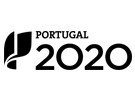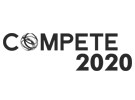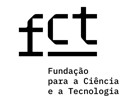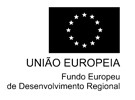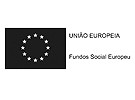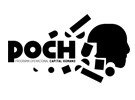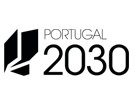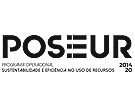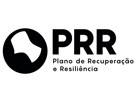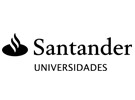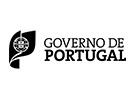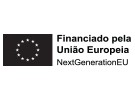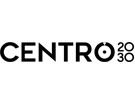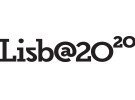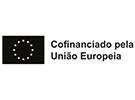



Publication in the Diário da República: Despacho nº 3393/2016 - 04/03/2016
4 ECTS; 1º Ano, 2º Semestre, 45,0 TP , Cód. 915237.
Lecturer
- Sérgio Paulo Leal Nunes (1)(2)
(1) Docente Responsável
(2) Docente que lecciona
Prerequisites
Not applicable
Objectives
Students should be able to: a) master basic microeconomic concepts, theories and models; b) Identify, analyse and solve economic problems
Program
1. INTRODUCTION
1.1. What is the economy?
1.2. The scarcity problem and economic goods
1.3. The interdisciplinarity of the economy
1.4. Notes on economic analysis techniques
2. DEMAND and SUPPLY
2.1. Graphical analysis of demand and supply
2.2. Elementary demand theory
2.3. Elementary supply theory
2.4. Elementary price theory
3. ELASTICITY
3.1. The concept, graphic representation and numerical analysis
3.2. The elasticity of demand
3.3. The elasticity of supply
3.4. Cross elasticity
3.5. Elasticity and sales
4. THEORY OF THE FIRM
4.1. The company and profit maximization
4.2. The production function
4.3. The cost functions
5. MARKET STRUCTURES
5.1. The perfect competition
5.2. Imperfect competition
Evaluation Methodology
The evaluation will take the form of an evaluation portfolio.
The student has the possibility of building, through monographs, reports, essays, reflections, integration into applied research projects, etc., up to 50% of their final grade.
The weighting of each assessment moment is decided by the student, duly guided by the teacher.
The evaluation will take the form of an evaluation portfolio.
The student has the possibility of building, through monographs, reports, essays, reflections, integration into applied research projects, etc., up to 50% (maximum) of their final grade.
The weighting of each assessment moment is decided by the student, duly guided by the teacher.
Continuous assessment will therefore be supported by the following components:
1. The classification obtained in attendance (carried out on the last school day of the semester): between 50 and 100% of the final grade (if the student carries out work);
2. Presentation and discussion of practical work, developed individually (or in groups): between 0% and 50% of the final grade.
The final grade is the weighted average of each of the components mentioned, that is, in limiting terms: if the student does not carry out any work, attendance is valued at 100%; If the student reaches the maximum value for work (50%), attendance will be increased by 50%.
Bibliography
- Frank, R. e Bernanke, B. (2013). Princípios de Economia. Lisboa: McGraw-Hill
- Krugman, P. e Wells, G. (2014). Essentials of Economics. New York: Worth Publishers
- Samuelson, P. e Nordhaus, W. (2013). Economia. Lisboa: Mc Graw Hill
Teaching Method
Course content is delivered through lectures, case study analysis and applied exercises.
Software used in class
Not applicable
